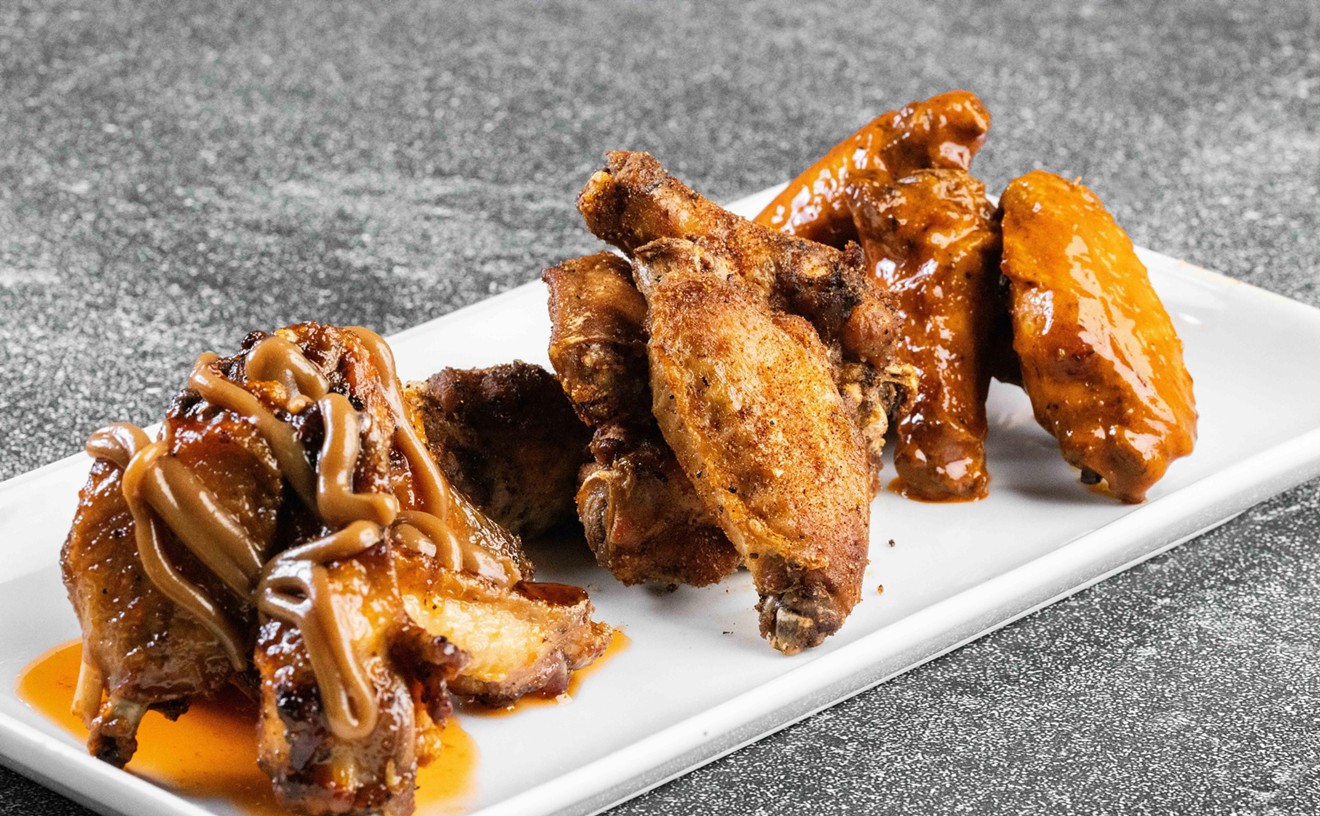Julia Child said the only time anyone should ever eat diet food is while waiting for a steak to cook. That philosophy works for the rare woman like Child, who at 6'2 could absorb the extra calories stuffed in French cuisine. She was a giantess, but by no means gentle. Child relished getting "good and loaded" and whacking "the hell" out of a chicken.
A good chicken-whacking session must burn at least a few calories.
While Child didn't worry about counting calories, she recommended eating small portions and cooking with fresh ingredients. That's good advice for the experienced cook or the single-and-swingin' guy who isn't quite ready to give up Jake's cheeseburgers cold-turkey.
Cutting out fast food and taking up home cooking begins with finding fresh and healthy ingredients, but the bigger challenge is understanding exactly what you're buying.
A chemistry degree isn't necessary to decode food labels, but appearances can be deceiving. Knowing what food labels promise--and what they don't--will make a trip to the store or farmers market a lot easier.
Organic...is it better? Po-tay-to, Po-tah-to
The current food fad is anything organic. There's no hard, scientific proof that organic food is healthier, but it doesn't contain chemicals. The U.S. Department of Agriculture enforces strict regulations prohibiting pesticides and chemicals from organic farming, ranching and processing. A green, white and brown (sometimes black) USDA organic label means the item is certified. There are varying levels:
"100% organic" and "organic" (at least 95% organic ingredients).
Products with at least 70% organically produced ingredients can be
labeled "made with organic ingredients" but can't bear the USDA seal.
Whole Foods and HEB Central Market both carry a wide range of organics,
but many general grocery stores like Wal-Mart (or is it now Walmart?) also stock a smaller
selection of organic eggs, white and chocolate milk, yogurt, romaine
hearts and salad mixes.
But it says...100% Natural!
A drawback to organic
food is the higher prices. Marketers capitalize on the price difference
by promoting cheaper products as "natural," "pure," or "wholesome."
Consumers tend to believe these terms are interchangeable with organic
when in fact they're not. The USDA only requires natural products be
minimally processed and without artificial ingredients or
preservatives. That doesn't include ingredients grown with pesticides
or genetically modified ingredients.
Bottom line, "natural" doesn't
really mean anything.
Grass-finished beef...it's what's for dinner
And maybe lunch.
The green movement spurred a shift toward buying naturally-raised beef,
chicken and pork. Raising cattle and other animals solely on grass and
plants "as God intended" is nothing new. Most cattle ranchers who don't
use grain, growth hormones or antibiotics sell directly to consumers
and are up front about their methods. However, the USDA hasn't formally
established guidelines determining what constitutes grass-fed beef.
Currently, beef marketed as "grass-fed" doesn't always mean the cow or
steer dined only on grass and plants. All calves eat grass at some
point in their lives, allowing marketers leeway to sell the beef as
"grass-fed" even if the calves are eventually shipped off to a feedlot.
Look for beef marketed as "pasture-raised," "grass-finished," or even
"100% grass-fed."
The hormone-fueled debate (no, not that fight with your significant
other)
One of the more controversial animal hormones is the FDA-approved
synthetic hormone rBGH, used to increase milk production in a third of
U.S. dairy cows. The Center for Food Safety cites research that
indicates higher levels of another hormone, IFG-1, found in cattle
treated with rBGH is linked to breast, colon and prostate cancer. Both
Canada and Europe have banned rBGH.
Milk from cows that haven't had
rBGH injections, like the cow juice produced by Promised Land Dairy,
are labeled with a variation of "no artificial rSBT hormones." An added
note on the bottle--the result of extensive legal wrangling by the
maker of rBGH--clarifies the FDA hasn't found any significant
difference in milk from cows treated with rBGH.
Right or wrong, it's up
to the consumer to choose the best milk to whip up a tasty White
Russian.
The bottom line
It's oh-so important to read the nutrition-facts panel and ingredient
list to see what the product contains. Ingredients are listed in
descending order from most to least. Healthier foods will be low in
sugar and saturated fat, and contain no artery-clogging trans fats.
Just use your head - not your gut. Save that for the eating part.










